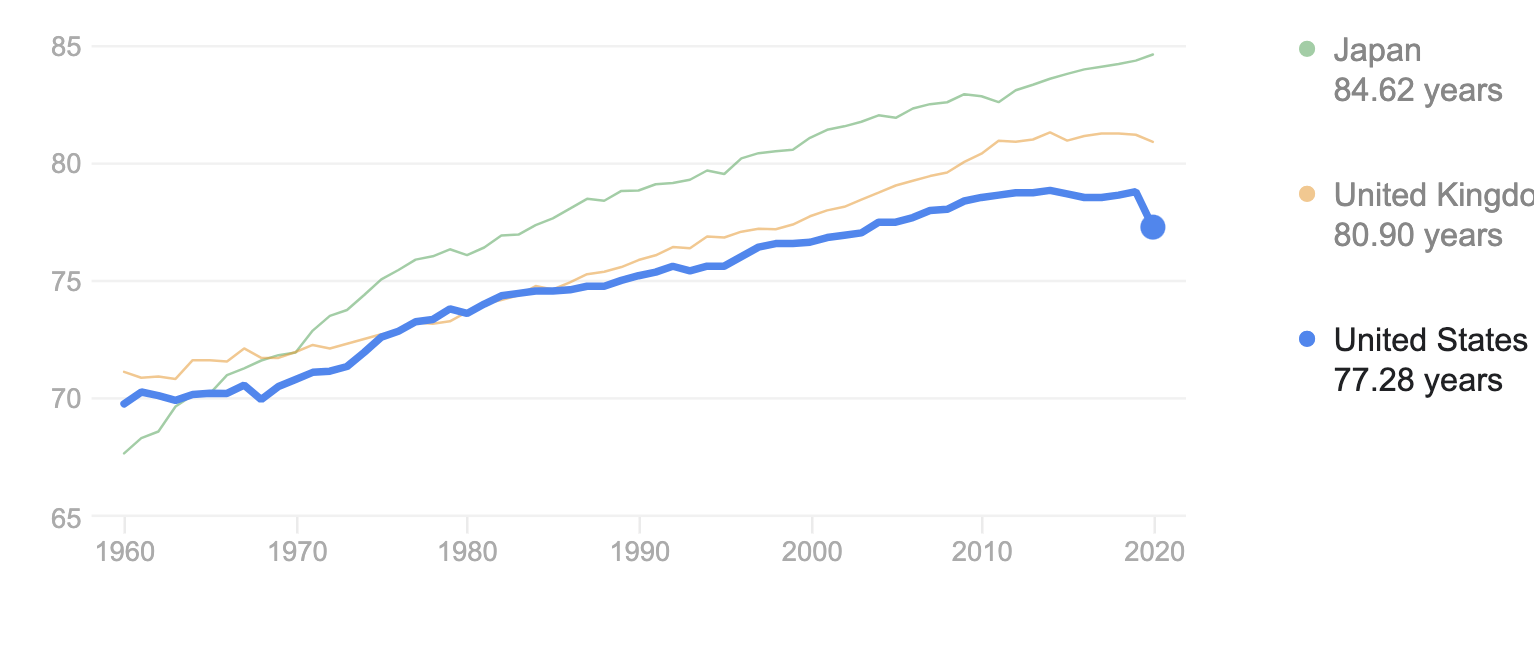גיטין ל ,ב
חברך מית אשר איתעשר לא תאשר
If you hear that your friend has died, believe it. But if you hear that he became wealthy, don't believe it. (Gittin 30b)
Not every aphorism can be scientifically tested. Is a bird in the hand really worth two in the bush? Which species of bird? How old? How far away is the bush? How many cooks is too many to spoil the broth? Aphorisms are short phrases that summarize a basic truth, and as such they do not easily lend themselves to scientific scrutiny. Having admitted this, let's have some fun anyway by subjecting a talmudic aphorism to just such scrutiny. It is found in today's page of Talmud, (Gittin 30b) and declares that a person is more likely to die than become wealthy. It is cited in the name of Rav Pappa, who himself thought it to be a common saying. He died around 375 CE in Babylonia.
Some Cautions
To be completely fair, the saying should be compared to the conditions of the society in which it arose. Although we have tried to estimate longevity back in Babylonia, we don't have anywhere near the mortality data by decade that we would need. Nor do we know what was meant by the term wealthy, and what proportion of the Jewish population of fourth-century Babylonia attained such wealth. So let's be really unfair and analyze the aphorism using contemporary data from just one part of the developed world - the United States.
What do we talk about when we talk about BEING wealthy?
It is hard to agree on a definition of wealthy. We could use the famous Mishnah in Avot (4:1) as a measure:
"איזהו עשיר? השמח בחלקו": "Who is wealthy? One who is satisfied with what he has."
The problem with this definition is that an unsatisfied billionaire would not be counted as wealthy. So because wealth usually refers to an amount of money rather than a condition of the mind, that's the definition we will use.
In his academic text Geographies of the Super-Rich, Iain Hay (the Distinguished Professor of Human Geography at Flinders University in Australia, no less) notes that wealth takes on "different meanings depending on one's age, culture, ideology and personal point of view." Some have defined it as the ability to live comfortably off the interest of one's wealth - a figure in the EU of about 3 million euros (or about $3.3 million). In the UK, some researchers defined the wealthy as those who owned £5 million or more in disposable assets, while in the US, entry into Richistan begins with a household worth of $1million. If we agree to use the definition of wealthy - or High Net Worth Individuals (HNWI) as individuals who hold financial assets in excess of $1million, then this is what the numbers look like, or at least what they looked like in 2007.
| Rank | Country | High Net Worth Population |
|---|---|---|
| 1 | United States | 3,104,000 |
| 2 | Japan | 1,739,000 |
| 3 | Germany | 924,000 |
| 4 | China | 535,000 |
| 5 | United Kingdom | 454,000 |
Data from the World Wealth Report 2007, and cited in Hay, I (ed). Geographies of the Super-Rich. Edward Elgar 2013. p6
Given that the US population in 2007 was about 300 million, then the wealthy made up about 1%. However, that number has now doubled, and now about 2% of the US population are now millionaires.
Next, we need to figure out the age at which millionaires become, well, millionaires. According to data from here, it takes 32 years for the average self-made millionaire to reach that lofty goal. (We will ignore inherited wealth, to keep things simple.) More specifically,
1% became wealthy before the age of 40
3% became wealthy between age 40 and 45
16% became wealthy between age 46 and 50
28% became wealthy between age 51 and 55
31% became wealthy between age 56 and 60
21% became wealthy after the age of 60
What are Your chances of Dying?
The Social Security Administration's Actuarial Life Table shows the probability of death at a given age. Here is the data summarized by decade:
| Age | Probability of Death for Men | Probability of Death for Women |
|---|---|---|
| 20 | 0.1% | <0.1% |
| 30 | 0.1% | 0.1% |
| 40 | 0.2% | 0.1% |
| 50 | 0.5% | 0.3% |
| 60 | 1.1% | 0.6% |
| 70 | 2.4% | 1.6% |
| 80 | 6.1% | 4.4% |
The Upshot - The Aphorism Seems Correct
So now let's put this all together. As you can see in the table below, by age 40 you have about a 0.01% chance of having become a self-made millionaire. At that same age, your chances of dying are far higher: 0.2% for men and half that for women. In other words, at age 40 you are twenty times more likely to die than to become a self-made millionaire if you are a man. Women have slightly better odds: They are only ten times more likely to die at that age than to become a millionaire.
| Age | Probability of Death for Men | Probability of Death for Women | Proportion of millionaires who achieved wealth by age | Prevalence of millionaires in the general population by age |
|---|---|---|---|---|
| 20 | 0.10% | <0.10% | <1% | <0.01% |
| 30 | 0.10% | 0.10% | 1% | 0.01% |
| 40 | 0.20% | 0.10% | 1% | 0.01% |
| 50 | 0.50% | 0.30% | 19% | 0.19% |
| 60 | 1.10% | 0.60% | 59% | 0.59% |
| 70 | 2.40% | 1.60% | 21% | 0.21% |
| 80 | 6.10% | 4.40% | unknown | unknown |
Things don't change much with age. Most self-made millionaires make their money between the age of 50 and 60. The likelihood of death at age 60 is 1.1% for men - twice as high as the likelihood of a having become a self-made millionaire, though for women the odds are about the same.
It would seem that the aphorism quoted in today's page of Talmud is indeed correct - at least for the population in the US, based on some very rough statistical estimates. Given that the mortality rates were far higher in centuries past, this aphorism was probably so obviously true that it needed no statistical backflips to support it.








![By Rcragun (Own work) [CC BY 3.0 (http://creativecommons.org/licenses/by/3.0)], via Wikimedia Commons](https://images.squarespace-cdn.com/content/v1/54694fa6e4b0eaec4530f99d/1452268160939-PHU1CQR7IWO804I736PN/image-asset.png)





